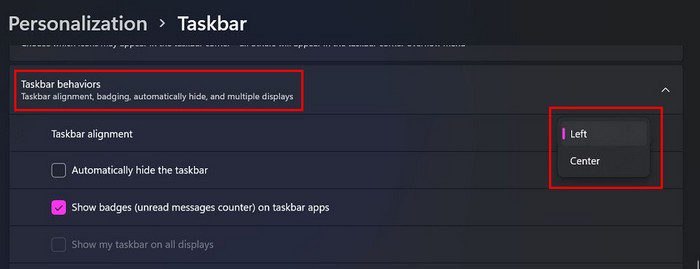Compatibility is a very huge topic as the tech world is constantly evolving and with new things being evolved every day, but has to be made compatible with older versions of support functions and other functions as the user base is widely spread across different versions. So, keeping it as a priority every developer provides a basic level of compatibility to the newer version of the tech or provides an extensive level of backward compatibility depending on the requirements. So, here in this article, we are about to discuss CSM, which is something developed to provide backward compatibility on Windows 11 computers.

The compatibility support module is an optional feature for some AMD CPUs. When enabled, it provides additional features for older operating systems. It adds support for 64-bit versions of Windows 10, 8, and 7, and 32-bit versions of Vista and XP. You’ll need to install the latest version of Microsoft’s Compatibility Support Module (CSU), if applicable. You may also need to download and install the appropriate drivers for your motherboard chipset and graphics card. In addition, you might have to enable CSU by selecting the option at the time of installation. If you already have a previous version of the CSU installed, then uninstall it before installing the newest version. Follow these steps to determine whether you require the Compatibility Support Module. The Compatibility Support Module (CSM), was first introduced in Linux kernel version 2.6.16. CSMs were added to provide compatibility with older operating systems, including some versions of Microsoft Windows.
When booting on a computer with UEFI firmware, UEFI boot may switch to Legacy BIOS boot based on CSM support. It can happen that UEFI boots from the EFI system partition on MBR partitioned hard drives. Simply put, CSM BIOS is something that allows you to boot into legacy BIOS mode on UEFI systems.

If you’re still not clear about the CSM support feature, CSM, also known as compatibility support module, is a component of UEFI firmware that ensures compatibility with legacy BIOS by emulating the BIOS environment, allowing legacy operating systems and some option ROMs that do not support UEFI to continue to do so.
Recommended Post:- Simple Way to Enable/Disable Mono Audio Feature on Windows 11
The Unified Extensible Firmware Interface (UEFI) was created by Intel and Microsoft. While both companies were involved in its creation, they did not work together until the final release. The idea behind UEFI was to create a standard interface between the operating system and hardware devices. This would make installing and updating software much easier, and also allow drivers to be written once and run on any device. So, it is the first thing that loads after all the hardware gets the electricity and this is what connects all the hardware and allows the OS to access the hardware connected to the motherboard. So, any very basic or elemental software component should pass through this UEFI.
Should you enable or disable the CSM BIOS
Well, it depends on the version of Windows you are currently running on your system. If your computer is relatively new and the Windows operating system is already installed, the CSM BIOS is usually disabled by default. For example, if you are ready to install/reinstall Windows 10 on a new SSD, there is no need to enable CSM support during installation.
However, if you need to install an older Windows operating system that does not support UEFI, you must enable it manually. What should I do? Let us read the following reference. So, with the UEFI being the basic software that is loaded on the motherboard, we are about to use it to disable the CSM support on Windows computers as it is the only appropriate method to disable the CSM support on Windows.
Simple Method to Disable the CSM on a Windows 11
So, now let’s get into the topic of how to disable the CSM on a Windows 11 computer so, you can go ahead and disable it on your computer smoothly without any trouble. Follow along to easily disable the CSM on your Windows 11 computer.

- To disable the CSM on Windows 11, you need to use the UEFI or BIOS of your Windows 11 computer.
- So, firstly, enter the UEFI. BIOS, shut down your computer.
- Now start it back on by pressing the power button, now, when the computer is booting up, press the appropriate key to enter the UEFI (different computer manufacturers have different keyboard keys to start the UEFI mode).
- So, find out which key allows you to enter the UEFI, and press it when the computer is restarting.
- Now, once you enter the BIOS/ UEFI settings, select the CSM support option.
- Here, find the enable option and then toggle it to disable mode.
- Now, save the changes by clicking on the power tab.
- Now, click on the save and exit setup option and then select yes in the confirmation box.
- Now, select the secure boot option by double-clicking on it, and in the BIOS tab, select the enabled option.
- Now, go to the power tab, and here click on save and exit setup.
- Now, click on yes and reboot the system.
- Now enter the BIOS and navigate to the peripherals tab.
- Now, double-click on the PTT option and then select the enabled option.

Hope the information provided above was helpful and informative, with this simple method, you can easily disable the CSM on your Windows 11 system.







